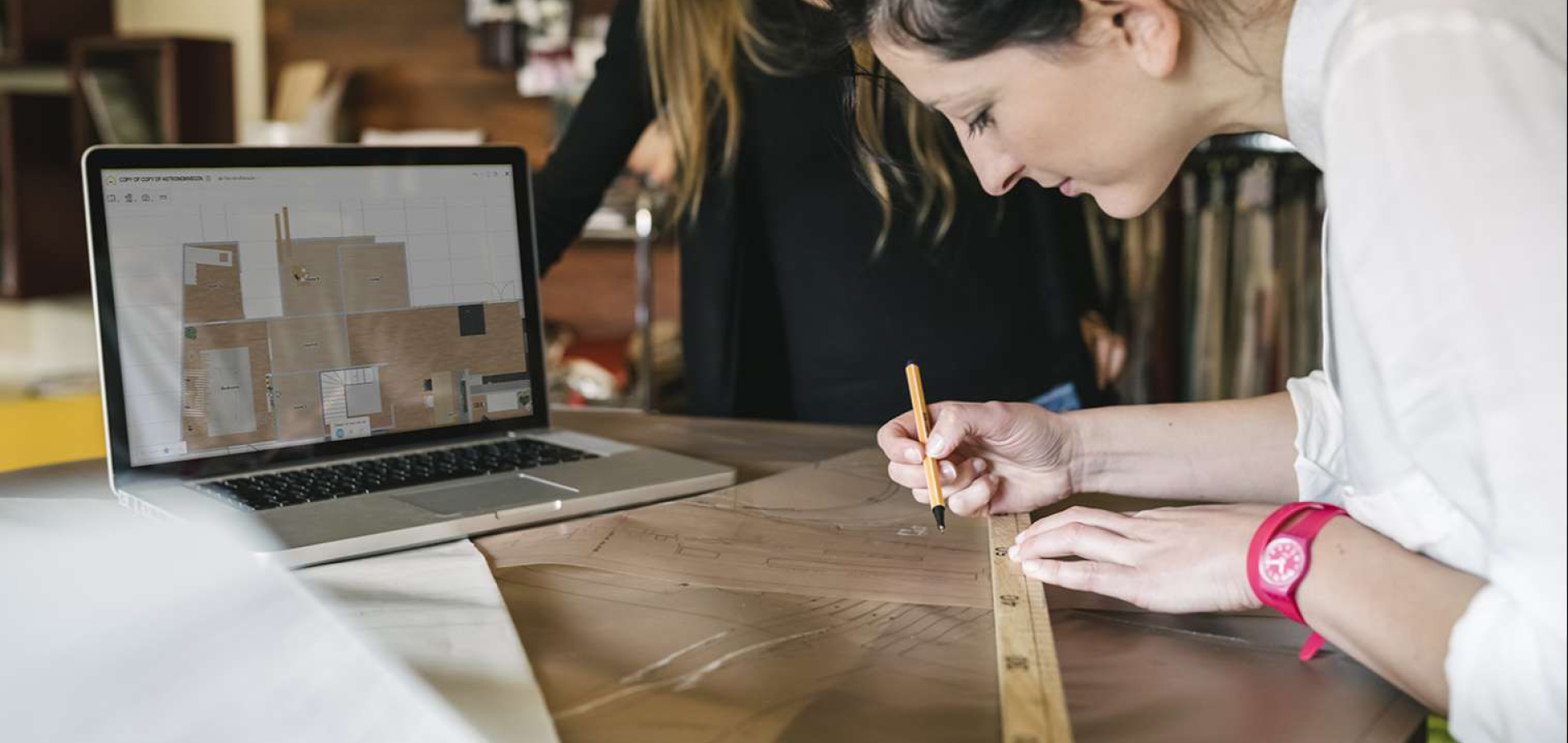How 3D planning technology helps DIY customers feel valued
By improving the do-it-yourself consumer experience through DIY 3D planning solutions, home retailers make customers feel valued and appreciated.
Most people think they are quite handy around the house. From wallpapering to more advanced design projects, this confidence has contributed to the global DIY market growing at a rate of almost 4% a year. (Source: Statista) Consumers are taking on more work to cut down on cost, but of course a lot can go wrong with doing things yourself; from ordering incorrect products, and not realizing that an error has been made in the budget until it’s too late, through to struggling to visualize what the changes that are made will look like in reality.
Many issues stem from a lack of planning. Even the most straightforward home design projects can become prohibitively complex if the right steps aren’t taken, which can reflect badly on the home retailer in the minds of consumers. Fortunately, technology can be used to help customers side-step common purchasing pitfalls. By adopting the latest 3D planning technology to create a stress-free experience, it’s possible for home retailers to alleviate many of the challenges consumers will face – starting with one of the biggest hurdles of all: unexpected costs.
Delivering on spec and to budget
44% of consumers admit their previous home improvement and redesign projects have gone over budget. (Source: My Move) On average, they spent one-third more than planned. Feeling in control of a home redesign is essential for anybody. So, for home retailers to stand out among the competition, it’s important they provide better ways for consumers to calculate the total cost of a project from start to finish.
This is where 3D planning technology can help. By giving consumers access to the full product catalog and enabling them to visually pick and choose different products based on their preferences and budget restraints, this is a powerful avenue to ensure that a project doesn’t spiral out of control.
Not only does this approach cater to the emotional need that comes with redesigning the home, it also makes it easier to visualize what products could be removed without impacting the overall look and feel. For example, seeing a 3D version of a redesigned living room makes it far easier for a consumer who needs to reduce their spend by a quarter to make an informed decision of what products they can replace or remove, rather than having to guess and receive a subpar experience.
Providing a complete picture before a purchase also helps prevent headaches down the line caused by hidden costs. But these aren’t the only benefits of 3D planning technology in support of DIY projects. Advanced solutions, such as HomeByMe Furniture & Decor Planner, can also provide a greatly enhanced customer experience that closes the knowledge gap.
A seamless experience
In today’s hyper-competitive home retail landscape, it’s important for retailers to hold the consumer’s hand through the purchasing process. Getting that right means establishing the building blocks necessary to provide a seamless experience, which 3D planning technology creates.
From start to finish, the latest platforms eliminate the guesswork associated with a home redesign project. Products can be mixed and matched to fit the dimensions of the consumer’s home. And, because this technology is available online, there’s no need to go into the store until confident in the purchase. The process can start from the comfort of their own home, before moving in-store once the purchase gets closer to the point of sale, saving time for all involved.
3D planning technology can also help to avoid expensive mistakes. When DIY goes wrong it can cost on average £1,319 to fix. There’s nothing worse than spending a small fortune on new furniture or fitted units only to realize they do not complement each other, resulting in a trip back to the store and starting from square one. 3D planning solutions can alleviate much of this risk, alerting customers to potential flaws in their design or miscalculations with regards to measurements.
For home retailers, not only does this enable customers to be more confident in their design choices, it also goes a long way towards avoiding uncomfortable situations down the line – thereby reducing return rates from aggravated customers.
Closing the knowledge gap
DIY might be on the rise, but the necessary skills aren’t as common as they once were. 52% of millennials don’t know how to hang wallpaper. (Source: Big Issue) Therefore, undertaking a DIY project includes the time it takes to learn new skills, which can delay the final purchase. Since 3D planning technology already creates a more engaging consumer experience, it’s an ideal platform on which to provide links to educational materials that can help consumers tackle common DIY tasks.
Integrating ‘how to’ tutorials for certain products lets customers learn more about the product in question and keeps them engaged within the retailer’s ecosystem. Not only can this encourage a speedier purchase, it will also cut down on returns since customers will be more informed about their purchase and what’s required to bring it to life in their home. And for those who take a longer time to convert, their designs will be waiting for them when they’re ready.
Conclusion
With the DIY market growing steadily around the globe, retailers should take appropriate steps to cater for this subset of their overall consumer base – creating an experience capable of besting the competition by addressing the hurdles they face during the planning stage. As the saying goes, proper planning prevents poor performance, and when it comes to home redesign and DIY projects, that’s an avenue where 3D planning technology is playing an increasingly important role.
